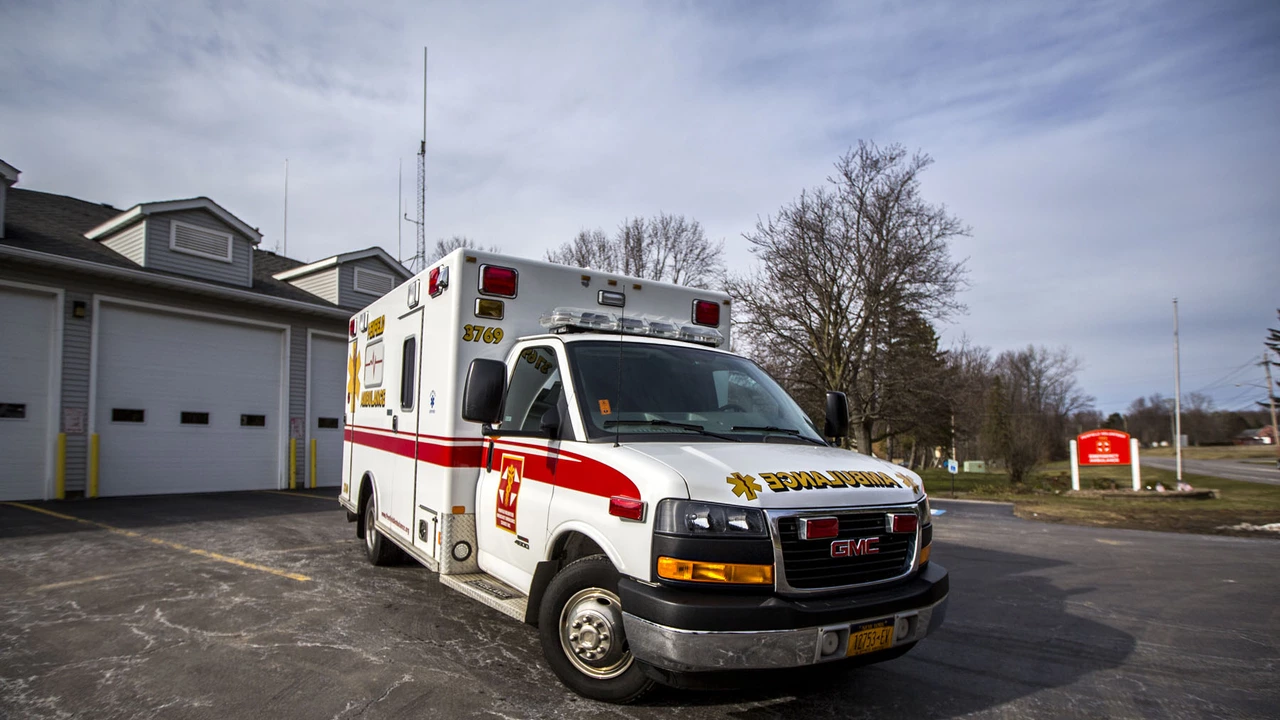Health and Safety in Motorsport: What You Need to Know
When you’re gearing up for a race, the thrill of speed often overshadows the basics of safety. But skipping the rules can cost more than a fine – it can end a career or a life. This guide breaks down the must‑know health and safety legal points for anyone involved in motorsport, from drivers to event organisers.
Key Legal Duties for Teams and Organisers
First up, the law expects you to have a solid safety plan on paper and in practice. That means regular vehicle inspections, certified safety gear for drivers, and a track that meets the latest standards. If you run a team, you’re responsible for training staff on emergency procedures and keeping records of every safety check.
Failure to follow these duties can lead to heavy penalties, insurance issues, or even criminal charges if someone gets hurt. The good news? Most penalties are avoidable when you keep a checklist and stay up to date with the governing body’s regulations.
Another crucial duty is clear communication with emergency services. During an event, you must have a designated medical liaison who knows the exact location of first‑aid stations, ambulance routes, and the protocol for severe injuries. This liaison also coordinates with local hospitals to ensure quick transfers if needed.
Common Safety Questions Answered
People often ask if a family member can ride in the back of an ambulance after a crash. The short answer: it depends on the ambulance crew’s judgment and the patient’s condition. If the crew thinks there’s enough space and the family won’t interfere with treatment, they may allow it. Otherwise, they’ll ask the family to wait in a separate vehicle to keep the focus on medical care.
Another hot topic is helmet and suit compliance. Motorsport law requires helmets to meet FIA standards and suits to be fire‑resistant. Regularly check expiry dates and replace any gear that shows wear. It’s not just a rule; it’s a life‑saving measure.
What about track barriers? The law mandates that barriers be inspected before every session and replaced if damaged. Simple visual checks aren’t enough – you need a qualified engineer to certify that the barriers meet impact standards.
If you’re a spectator, remember that you also have responsibilities. Stay in designated areas, follow stewards’ instructions, and never cross barriers. Your safety is part of the event’s overall risk management plan.
Lastly, keep documentation. Accident reports, safety audits, and training logs protect you legally and help improve future safety measures. When an incident occurs, having solid paperwork shows you did everything possible to prevent it.
Sticking to these health and safety basics doesn’t just keep you on the right side of the law – it builds a culture of care that makes motorsport more enjoyable for everyone. Stay informed, stay prepared, and race with confidence.
A massive fire at a Southall warehouse on November 25, 2025, triggered explosions from stored fireworks and gas cylinders, forcing evacuations and a major incident response. No injuries reported, but the cause remains under investigation.
Pauline Quirke MBE, star of Birds of a Feather, retired in 2025 after a 2021 dementia diagnosis. Her family’s public journey is raising vital awareness for Alzheimer's Research UK, where one in two people will be affected by dementia.
In most cases, a family member can ride in the back of an ambulance with their loved one. However, this largely depends on the policies of the particular ambulance service and the patient's condition. If the situation is critical, medical personnel might not allow it due to the need for space to provide emergency care. Furthermore, if the family member is distressed or disruptive, they might be asked to follow in a separate vehicle. Always communicate with the medical staff and respect their guidelines to ensure the best care for the patient.


